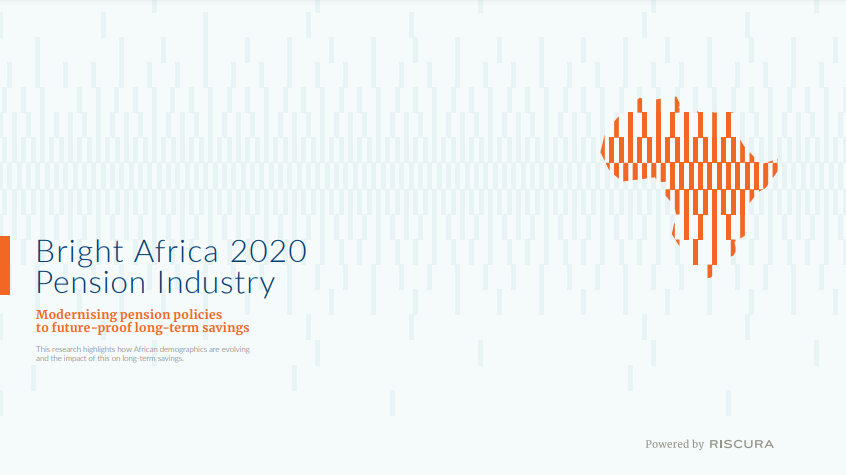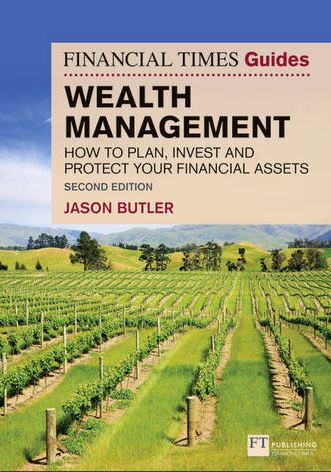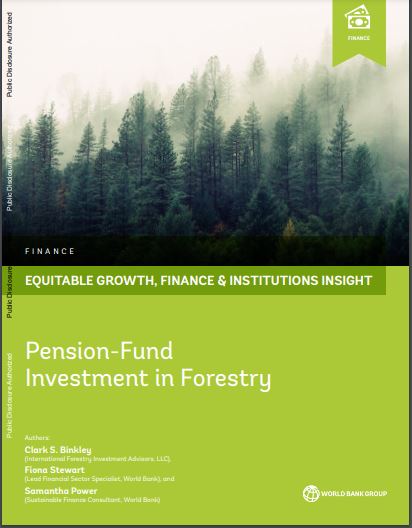Bright Africa 2020 Pension Industry. Modernising pension policies to future-proof long-term savings
By RISCURA The latest Bright Africa Pensions research highlights how African demographics are evolving and the impact of this on long-term savings. There is no doubt that Africa’s population is and will remain the world’s largest youthful cohort for a long-time to come, so serious thought, planning and innovation are urgently required to address the risk of individuals outliving their retirement savings. Research conducted by Albouy and Nogues (2019) shows that globally, life expectancy measured at age 65, has grown...










